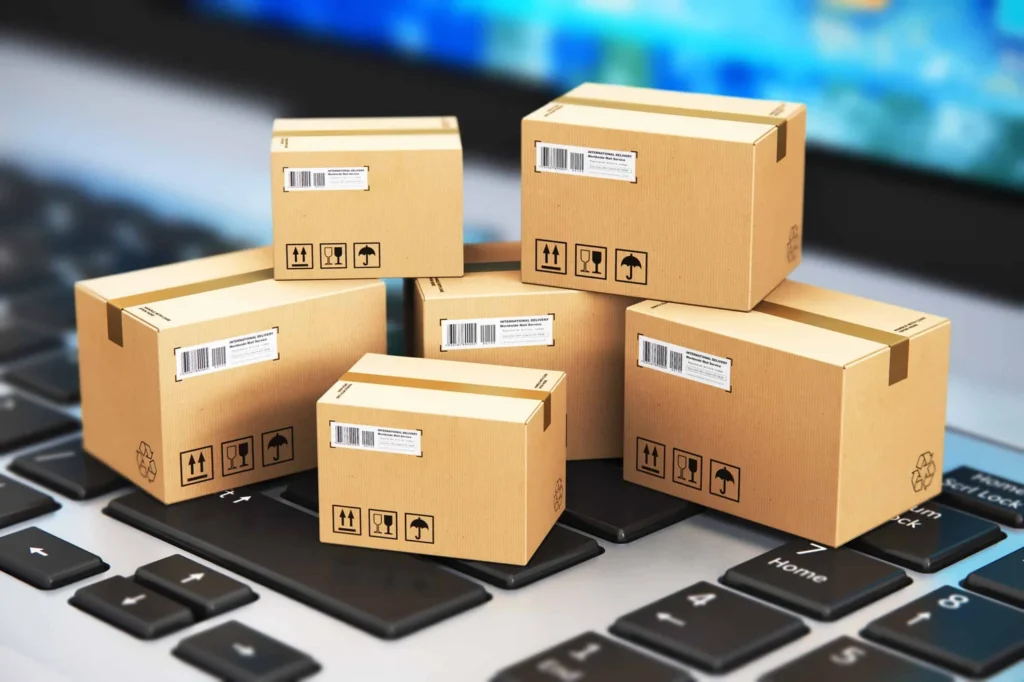Find out how to prepare effectively for your e-commerce site’s year-end peak and maximize your sales.
The peak season has already begun, and like every year, e-tailers are preparing months in advance to cope with the increase in orders and deliveries. Here are a few last-minute tips to keep you on track during this intense period!
The Peak Season, which runs from the end of November to the winter sales, includes major events such as Black Friday, Cyber Monday, Christmas and Sales.
While companies have already begun to prepare, it’s crucial to focus on the post-purchase experience. A well-optimized post-purchase journey can have a significant impact on customer satisfaction and loyalty.
Here are 6 tips for staying on course during peak season:
1 – Communicate clearly and transparently
Communication is key during peak periods. Make sure you proactively communicate with customers about order confirmations, shipping updates and any delays.
2 – A simplified returns policy
Facilitate the return and exchange process by clearly communicating your policy. Provide prepaid return labels and process returns quickly. A hassle-free returns experience builds customer confidence and satisfaction.
Here are a few examples of actions to implement:
- Tell your customers about your pre-sale returns policy
- Empower your customers in the returns process
- Communicate that you have received your parcel
- Inform your customers about the various stages of the return process via a tracking page or email: parcel drop-off, pick-up, routing, warehouse reception, refund or exchange event…
3 – Send out post-purchase surveys to build customer loyalty
Gather valuable feedback with post-purchase surveys. Ask customers about their experience, from the ordering process to product receipt. Use feedback to improve your processes, and highlight the positive experiences of satisfied customers.
Here are our recommendations for this step:
- Choose the most opportune moment to send your satisfaction survey: the day of delivery, to make sure you don’t send it too early before your customer receives his parcel.
- Ask customers about their purchasing experience, order delivery and product satisfaction.
Caution: be sure to ask your customer about their satisfaction, even in the event of a delay.
4 – Adopt order monitoring tools
Invest in high-performance tools to monitor all your orders. Ensure fast turnaround. Consider hiring additional staff or logistics partnerships to avoid delays.
5 – Relay delivery
Inform customers of the availability of their parcel at the point of collection. Communicate useful information such as address and opening hours. Be proactive in reminders to avoid return and reshipment costs.
6 – Be responsive to “anomalous” parcels
Set up active monitoring with alerts on delays, deviated packages and carrier returns.
Here is a list of alerts that are essential for the proper management of abnormal parcels:
- Alert on preparation delays (logistics bottleneck)
- Rogue parcel alert
- Alert for packages with no movement for X days
- Alert on D+X delivery delays
- Alerts on carrier returns: NPAI, damage, etc.
By following these six keys, you’ll be better prepared to face the Peak Season and deliver an optimal customer experience, boosting customer satisfaction and loyalty. Happy Peak Season!
